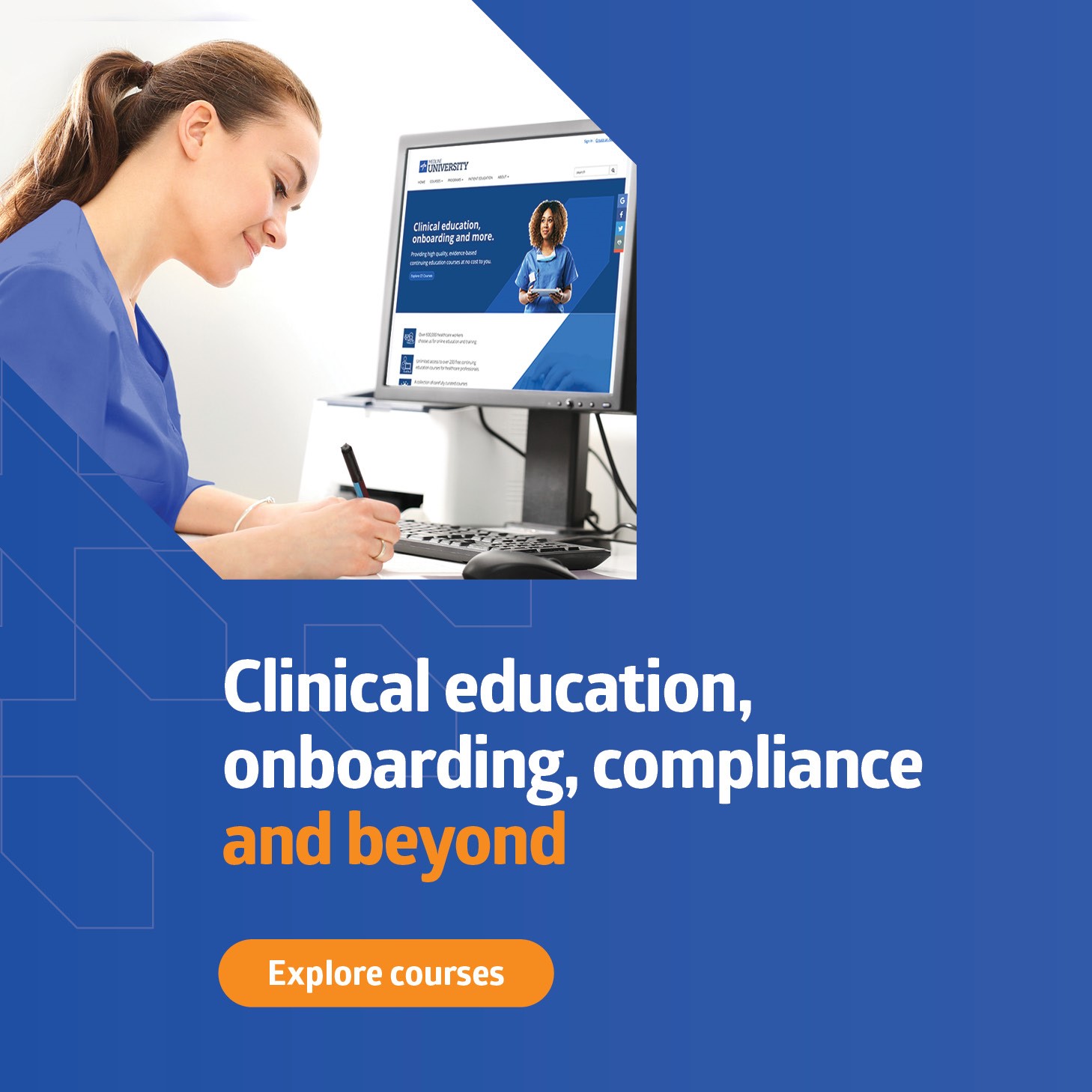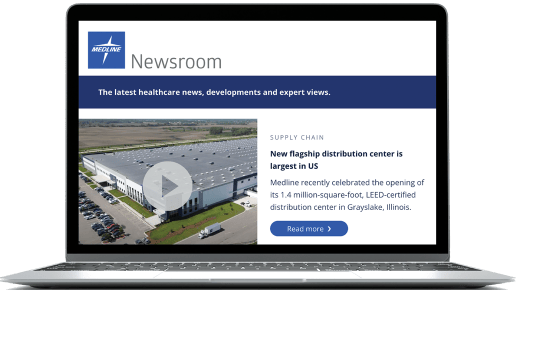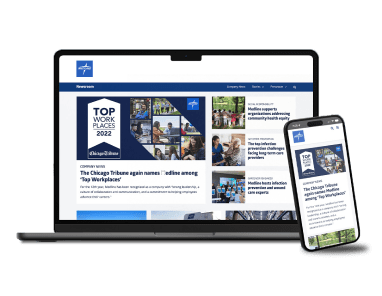Patient Safety: Putting Words Into Action

By Martie Moore, RN, MAOM, CPHQ | March 17, 2017
A major merger is happening in May, but the recent announcement came during a week both groups feel strongly about – Patient Safety Awareness Week. The National Patient Safety Foundation (NPSF) and the Institute for Healthcare Improvement (IHI) will operate under the IHI name to revitalize patient safety. Both organizations call the issue a critical one, but believe it’s overlooked.
In fact at the Institute for Healthcare Improvement’s (IHI) yearly summit on patient safety and advancing quality, IHI President and CEO, Derek Feeley, outlined the following six critical actions that healthcare leaders must address in organizations. They are as follows:
- Focus on what goes right as well as learning from what goes wrong.
- Move to greater proactivity.
- Create systems for learning from learning.
- Be humble — build trust and transparency.
- Co-produce safety with patients and families.
- Recognize that safety is more than the absence of physical harm; it is also the pursuit of dignity and equity.
While the words might be simplistic, the call to action is anything but that. Focusing on what goes right along with learning from what goes wrong takes consciousness about our words. Healthcare professionals are trained to look for what is wrong. We are quick to analyze what went wrong and spend time speaking about those failures. We need to learn and grow from our failures, but we also need to reinforce the right actions. In some organizations, celebrations of “good catches” are happening with the recognition of individuals who took actions to do the right thing to promote safety or prevent harm. In promoting the right actions, it reinforces the expected behaviors wanted in the healthcare setting. It is one step to changing culture.
Knowledge is Power
In developing systems for learning from learning, the call to action is to take knowledge and put it into action. I remember being asked to speak on patient safety during the time when there were multiple neonatal deaths from the administration of an adult concentration of a blood thinner. What struck me was that this error was duplicated multiple times across the nation. We, at that time, did not have systems to take learnings from one organization and spread it to others. We do now!
One site to monitor and utilize is the Institute for Safe Medication Practices. Another is the Joint Commission Sentinel Alert. These sites and others will help to track learnings from other organizations that might be duplicated in your organization. While monitoring externally is important, what is even more important is utilizing the knowledge within the organization.
Join Forces
Miscommunication, according to the Joint Commission, is responsible for an estimated 80 percent of serious medical errors during the transfer of patients.¹ Develop huddles for patient safety where issues and concerns are brought forward on a daily basis and follow up from previous days. Safety huddles share learnings with key messaging for attendees to bring back to their respective care settings that they can share with other care providers. Safety huddles promote a culture of safety through active attention on learning and spreading the learnings. The Washington State Hospital Association developed a toolkit to be utilized to help leaders further develop a culture of safety.
Partnerships have a higher call to action than ever before. Yet many organizations are unsure on how to move forward in developing those partnerships. A great resource is the Institute for Patient and Family Centered Care. There are also courses for best practices when it comes to safe patient handling on Medline University.
Developing a culture of safety is not about a program, but a fundamental transformation within an organization. This is hard work, but it is the right work. The ultimate call to action is just that – action by all. The commitment to safety must be in the words and decisions of all job titles, in partnership with those who are at risk and their loved ones. We can make a difference! We can make healthcare safer!
Source:
1. Joint Commission Center for Transforming Healthcare Releases Targeted Solutions Tool for Hand-Off Communications. Volume 32, Issue 8. August 2012.
Martie Moore, RN, MAOM, CPHQ
Chief Nursing Officer
Martie L. Moore, RN, MAOM, CPHQ, is the chief nursing officer at Medline. As CNO, Moore develops forward-thinking, solution-driven clinical programs, as well as new products and educational services. Prior to joining Medline, Martie was the chief nursing officer at Providence St. Vincent Medical Center in Portland, Ore. Under her leadership, Providence St. Vincent earned a third and fourth designation for Magnet.


